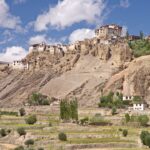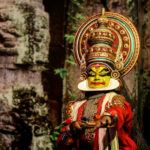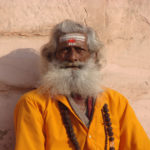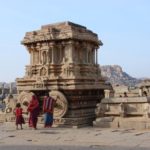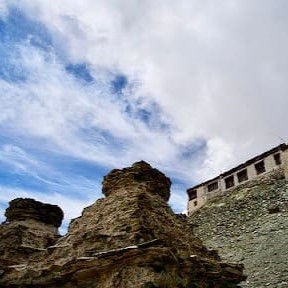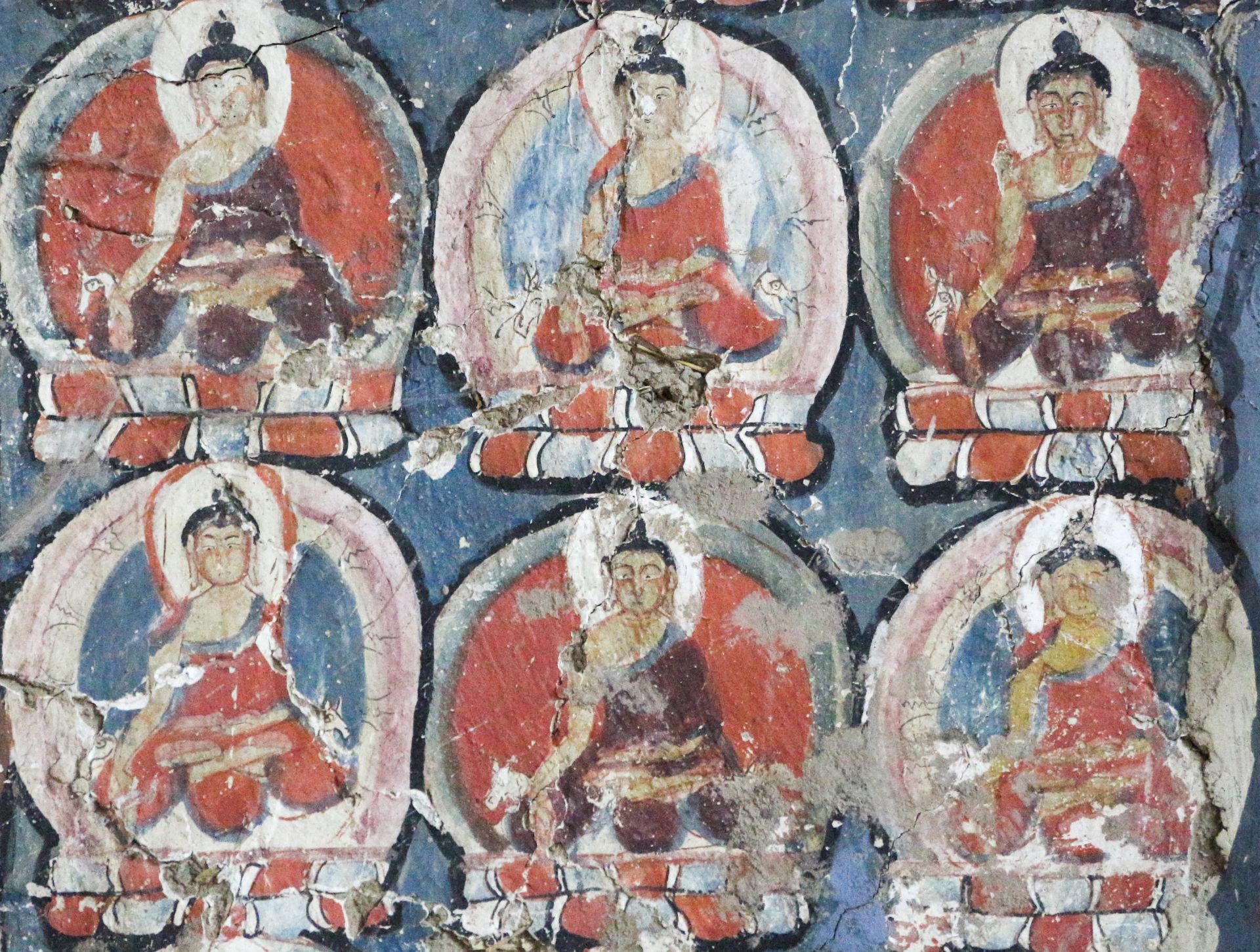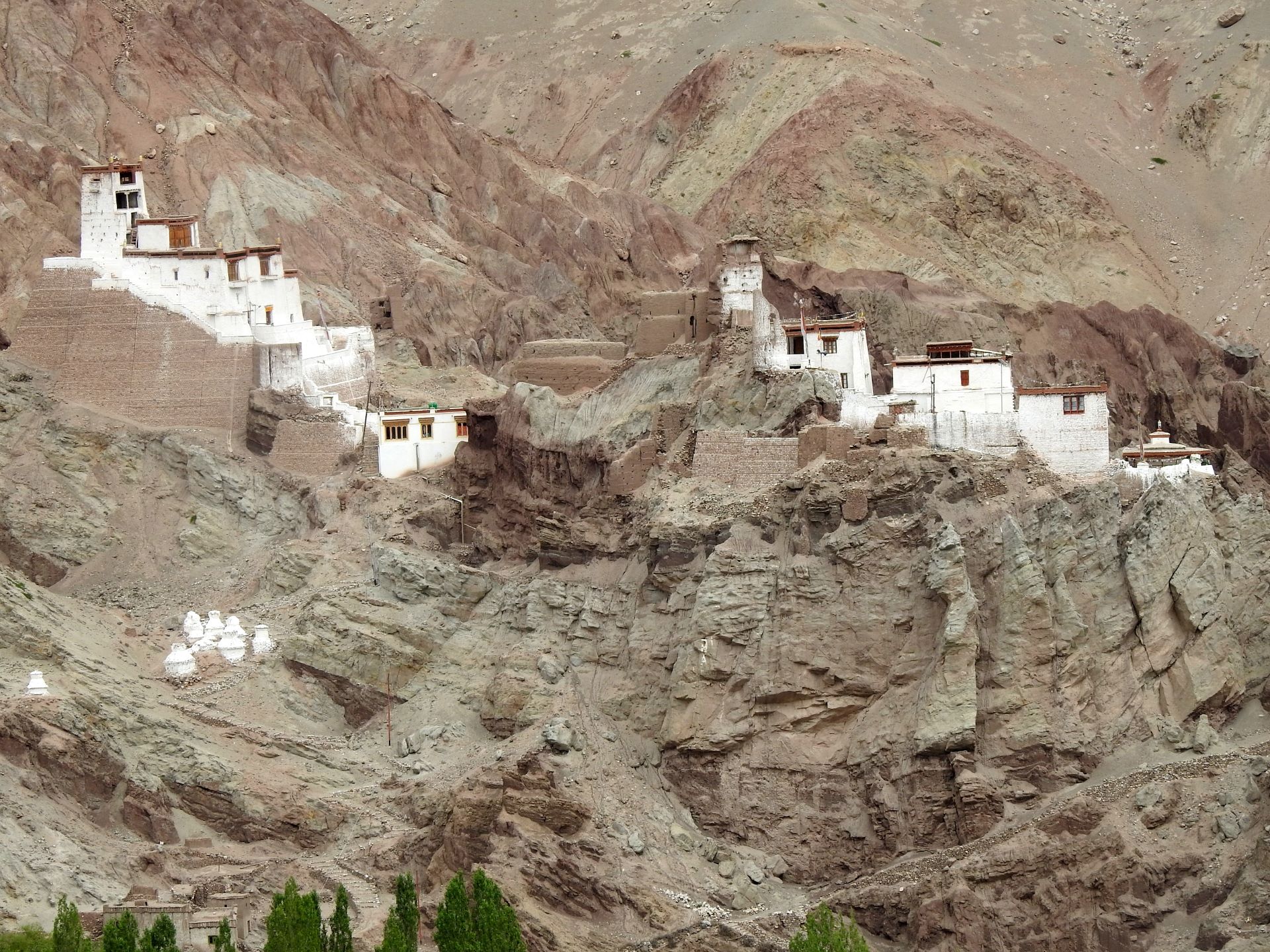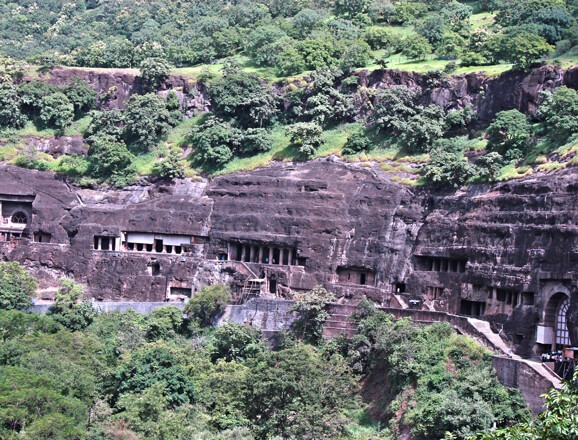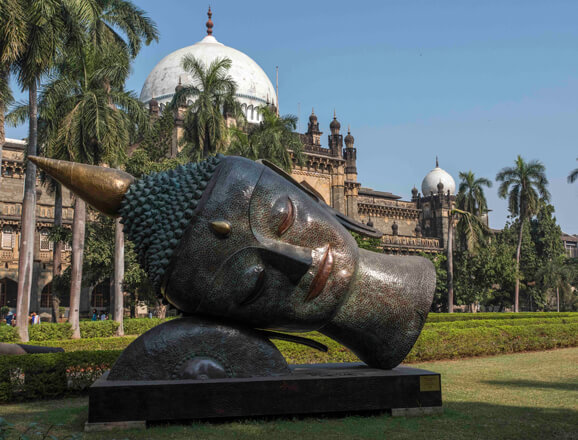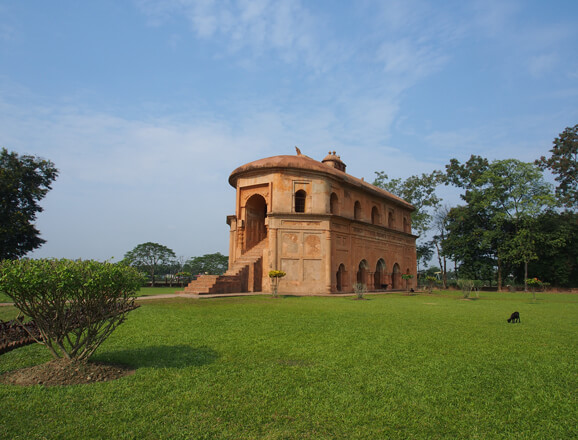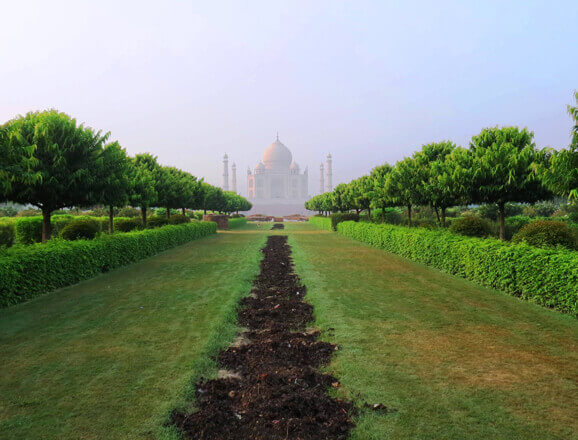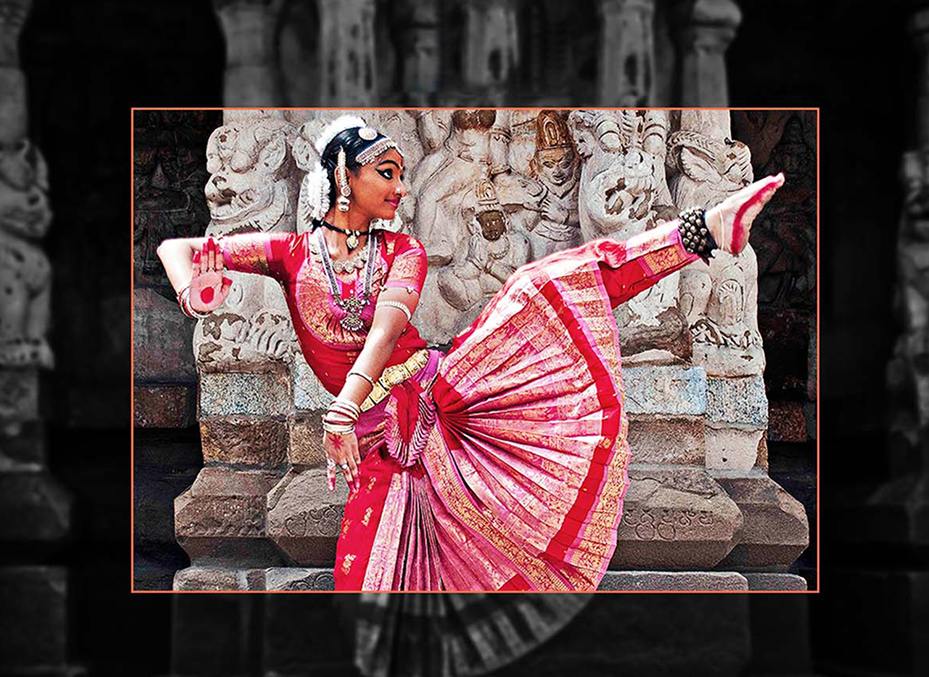
Ajanta – Ellora cave temples
Delve into the history of one of India's finest architectural wonders
An hour and a half’s drive away from the city of Aurangabad, lie the breathtaking, once-forgotten Ajanta caves – rockcut caves with the finest examples of Indian paintings dating between the 2nd BCE to 480 or 650 CE. Discovered amidst overgrown forest by a British officer, the caves are covered with murals depicting the Jataka tales – didactic narratives tinged with the Buddhist philosophy. For the artists and the curious tourists alike, a rich world of iconography awaits at Ajanta, and the influences of this school of painting is evident in other places across the world, especially in Sri Lanka and Tibet.
A hundred kilometres away from the Ajanta caves, the Ellora rockcut cave sculptures exert a rare magnetism for the tourist. Built between the 5th and the 10 Century, the Ellora caves are a series of Hindu, Buddhist and Jain temples carved into the basalt Deccan traps. The numerous caves bear friezes, carved pillars and inscriptions – and traces of paintings illustrating mythological characters and events, and are testimony to the rare skill and the religious harmony of the time.






